Carnival celebrations are a spectacle filled with cuisine, entertainment, live music, and colorful, over-the-top costumes. To help you navigate your next Carnival celebration around Europe, we’ve selected the seven finest carnivals in Europe.
Introduction
Cities all over Europe have perfected their unique way of celebrating carnivals. That’s why we look at some of Europe’s biggest, best, and most unique carnival celebrations.
Carnival is an over-the-top celebration filled with parades, parties, and traditions. More importantly, every culture has perfected its unique way of throwing this memorable party. Most importantly, Europe is home to some of the best and most unique carnival celebrations, and attending at least once in your life should be a top priority.
Venice Carnival
Carnival in Venice dates back centuries and is famous for its signature Venetian masks. Furthermore, it is one of the most renowned carnival celebrations globally. As a result, millions come from all over the world to marvel at the beautiful costumes and masks of the period that look majestic against the stunning backdrop of Venice.
The Carnival throws lavish private masquerade balls in grand Venetian Palaces. St. Marks Square is the epicenter of all the action.
Ultimately, wearing masks is an ancient carnival tradition that allows people to hide their social class.
Nice, France
The Nice Carnival is one of the most popular and significant events organized on the French Riviera, attracting more than one million visitors annually. It takes place in mid-February for two weeks and gives you a perfect opportunity to experience the Nice and French Riviera, which in that period has sunnier and better weather than the rest of France. The carnival dates back to medieval times. There are two main parades: the Light Parade and the Flower Parade. Ultimately, we inform you that you can read more about the carnival in our related article.
Cologne, Germany
The season of festivity starts months before Ash Wednesday, culminating in several days of landmark events backing up to it. In the dizzying series of celebrations, many people parade through the streets by day, dressed as the classic clown and flitting into bars and masquerade galas by night.
Secondly, the costume options for Carnival in Cologne are endless. Therefore you can pretty much wear whatever you want. But there are a few popular costumes you’ll come across as part of the traditional wear, one of them being the loveable fool. It’s mostly popular among the older generation, and you’ll see it in variations of red and white–striped shirts, scarves, and hats. Another popular costume worn by the locals is old-school clown costumes.
Santa Cruz de Tenerife, Spain
Held mid-January to mid-February each year, the Carnival of Santa Cruz is a long-awaited costumed party since the preparation begins months before. Additionally, it starts with the election of the carnival’s queen, followed by colorful dancing parades throughout the streets. More importantly, the dancers belong to Samba (similar to Rio’s carnival) dancing schools, and they compete for first place, each group in different costumes. More importantly, the peak of the festival happens on the third day when thousands of visitors gather at the local stadium and enjoy the dancing choreographies and colorful scenery. So, ensure not to miss the Mogollones, the Carnival parties that go on all night.
Rijeka, Croatia
Firstly, it is a ‘baby’ among the carnivals since it became acknowledged only about 30 years ago. However, it has a hundred-year-long tradition. However, Rijeka makes up for it yearly with various costumes, colors, masks, and spectacles. The city’s carnival has some of its traditions that you won’t be able to see anywhere else. Let’s take Zvoncari, for instance, a group of men dressed up as animals ringing bells to ward off the evil spirits of winter. On the final day of the parade, over 100,000 spectators enjoy the performances of more than 10,000 participants. The carnival has considerable media coverage. So you can watch it online, read about it in the newspapers, or check out the best parts of the parade on TV.
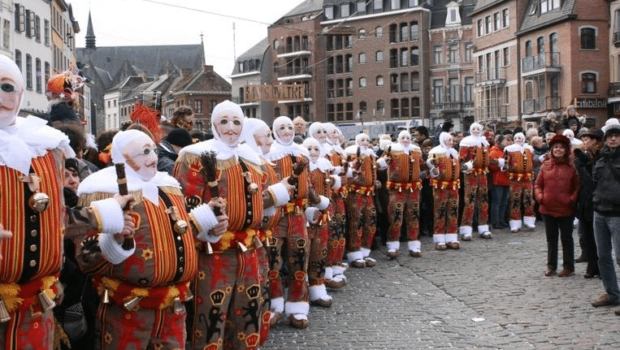
©www.binche.be
Binche, Belgium
Even UNESCO, which recently gave Carnival celebrations world heritage status, agrees—the Carnival of Binche, Belgium, is a particular standout in a country that loves to celebrate. Performers are known as Gilles dress in elaborate feathery hats, and revelers bounce between cultural performances and unexpected rituals (like throwing oranges for good luck) during the street parades.
The costumes in Binche are made up of folklore characters, which are worn to pay homage to old traditions. The most popular is the Gilles, clown-like mythical creatures characterized by their vibrant costumes of wax masks and wooden footwear.
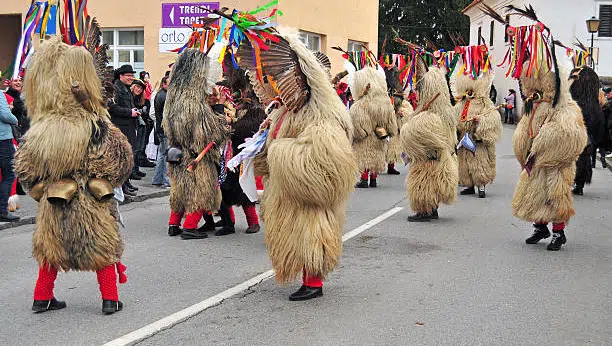
©
Ptuj, Slovenia
Carnival in Ptuj or Kurentovanje is Slovenia’s most popular and ethnologically significant carnival event. This 11-day rite of spring and fertility highlight event is celebrated on Shrove Sunday in Ptuj, the oldest documented city in the region. It draws around 100,000 participants each year in 2016 proclaimed as the 7th greatest festival in the world by Lonely Planet. That’s why it also deserves a place among the finest carnivals in Europe,
Kurent or Korant is the best-known traditional carnival figure of the entire region and Slovenia. While Kurent groups might not all look the same, they are the most popular and frequent traditional carnival figures in the Ptuj and Drava plains and Haloze Hills.
The conclusion of the article about The finest carnivals in Europe
February is here! We all know what that means – makeup, costumes, masks, role-playing, parades, and many public street partying. So, we want to know what European carnivals are and worldwide.
Read also
Photo credits:
Featured photo. @Pollyana Ventura

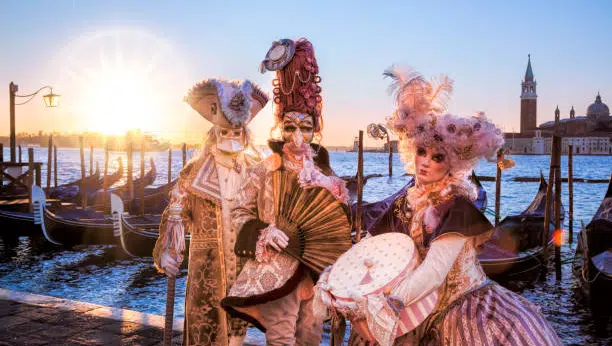

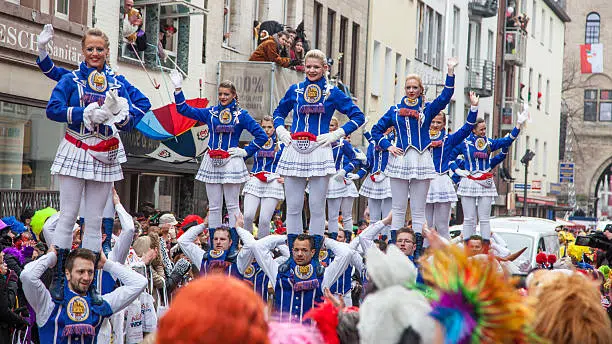
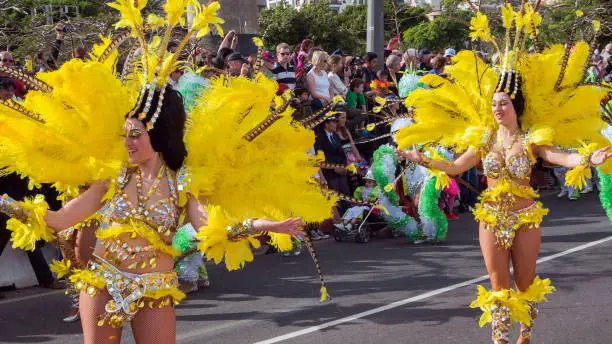
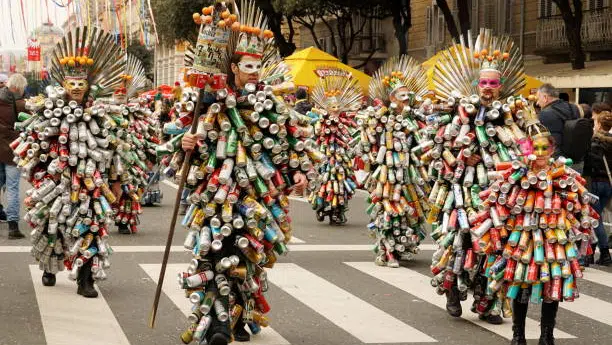

Comments are closed.